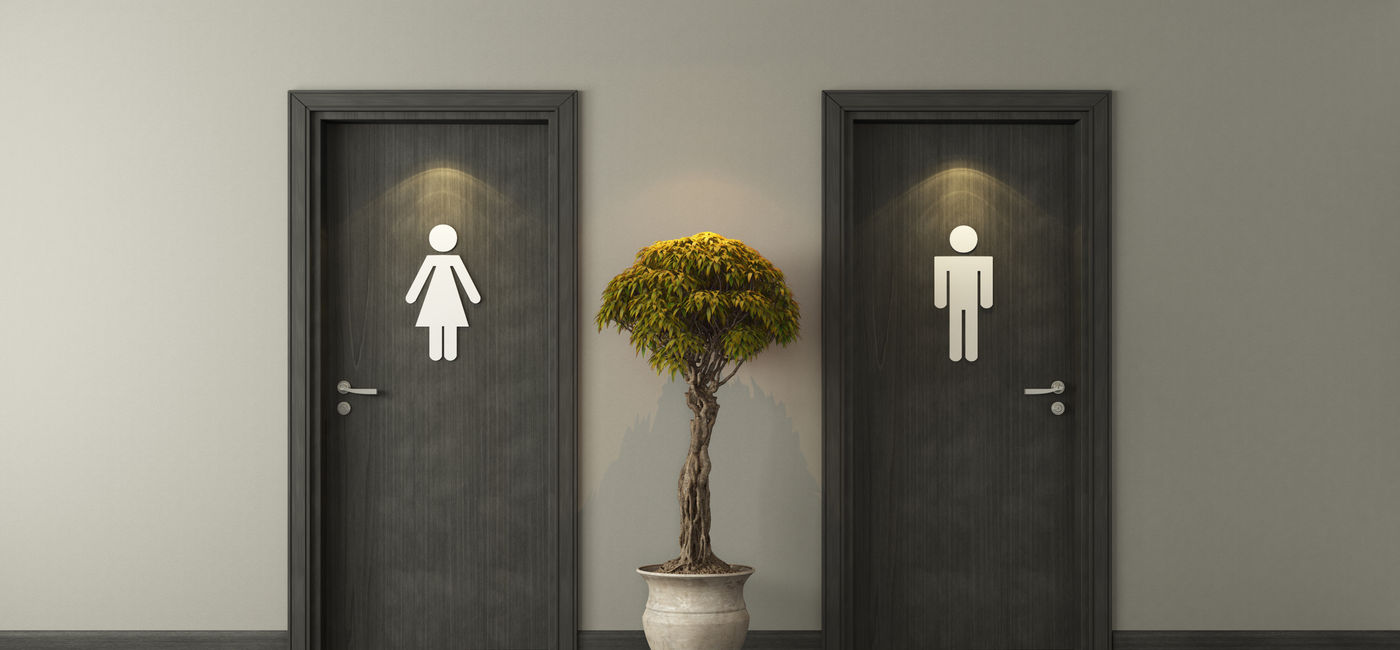Tour Operator EF World Journeys Launches EF Adventures
September 25, 2024Mohegan Sun shines with conferences, meetings and events
September 25, 2024
Photo Credit: creo2 / Adobe Stock
When you gotta go, you gotta go.
Like most people, public restrooms are not my first choice for bio-breaks or even the second choice. But when you don’t have a choice and nature is calling loudly, then you can plan your international travel based on the best and worst destinations for public restroom cleanliness.
When it comes to hygiene standards in public restrooms, experiences can vary widely from country to country.
During the pandemic, advisors suggested that travelers bring small bars of soap, a bottle of water to wash their hands, travel-size packs of toilet seat covers, paper towels, hand sanitizer and disinfectant wipes into a restroom.
Today, and any day, using unclean toilets in foreign countries can expose travelers to various diseases and illnesses like gastroenteritis, traveler’s diarrhea (TD), giardiasis and other bacterial or fungal infections.
Restroom Hygiene Scores by Country
While the risk of contracting diseases from unclean toilets exists, being aware of potential hazards and taking preventive measures can significantly reduce your risk. Always prioritize hygiene and safety when traveling to ensure a healthy and enjoyable experience.
The following destinations are known for having some of the best and worst public toilet facilities in terms of cleanliness.
Destinations with the Best Toilets for Cleanliness
- Japan- Japan is renowned for its clean and high-tech toilets, often featuring bidets, heated seats, and self-cleaning functions. Public restrooms are generally well-maintained.
- Germany- Germany has a reputation for cleanliness, and public toilets are usually well-kept. Many facilities require a small fee, which contributes to their maintenance.
- Sweden- Public toilets in Sweden are typically clean and well-maintained. Many are equipped with modern amenities.
- Singapore- Known for its strict cleanliness standards, Singapore has clean and well-maintained public toilets, often with attendants ensuring hygiene.
- South Korea- South Korea offers clean public toilets, many equipped with high-tech features, similar to those in Japan.
- Finland- Public restrooms in Finland are generally clean and well-maintained, reflecting the country’s high standards of public hygiene.
- Switzerland- Switzerland is known for its cleanliness; public restrooms are typically well-kept and hygienic.
- Netherlands- Public toilets in major cities tend to be clean and well-maintained, with many facilities requiring a small fee.
- Australia- Australia generally has clean public restrooms, especially in urban areas and tourist destinations.
- New Zealand- New Zealand is known for its clean public facilities, including restrooms, especially in tourist areas.
Destinations with the Worst Toilets for Cleanliness
- India – Public toilets can vary widely in cleanliness, and many facilities may be poorly maintained. It’s advisable to use facilities in hotels or reputable establishments.
- Egypt – Many public toilets in Egypt may lack cleanliness and proper maintenance, especially in rural areas.
- Mexico – While some tourist areas have decent facilities, public restrooms can be hit or miss, and cleanliness is often lacking.
- Indonesia – Public toilets may be poorly maintained, particularly outside major tourist areas. Expect varying levels of cleanliness.
- Morocco – Many public restrooms can be quite basic and may not meet high cleanliness standards, especially in rural areas.
- Brazil – Public toilets can be inconsistent in cleanliness, with many facilities lacking proper maintenance in less touristy areas.
- Vietnam – Public toilets may not always meet cleanliness standards, especially in less developed areas. It’s advisable to use facilities in hotels or larger establishments.
- Turkey – Many public restrooms, especially in rural areas, can be less clean and poorly maintained.
Poor hygiene practice in local restaurants (and their restrooms) is likely the most significant contributor to the risk for TD, according to John Hopkins Medicine. This is especially true in the developing countries of Africa, the Middle East, Latin America and Asia. There’s lesser risk in Eastern Europe, South Africa and the Caribbean, and low risk in Northern and Western Europe, Japan, Canada, Australia, New Zealand and the United States.
Don’t Let TD Flush Your Trip
Traveler’s diarrhea hits international travelers harder because they don’t have immunity to the germs in the country they are visiting. The climate and the sanitary systems might be different, allowing bacterial pathogens, intestinal viruses and protozoal pathogens easier access to your water, food — and gastrointestinal system.
Travelers should obtain travel protection that includes medical advisory services so they can call whenever they have a medical question during travels. It’s essential to ask for help immediately before the situation or the symptoms worsen. If travelers wait to call until their gastrointestinal issue becomes unbearable, they might lose more time on the trip and possibly risk their health. A spreading rash or troublesome gastrointestinal issues while traveling can make any trip uncertain and the next leg of a journey a stressful expectation.
This article originally appeared in TravelPulse.
